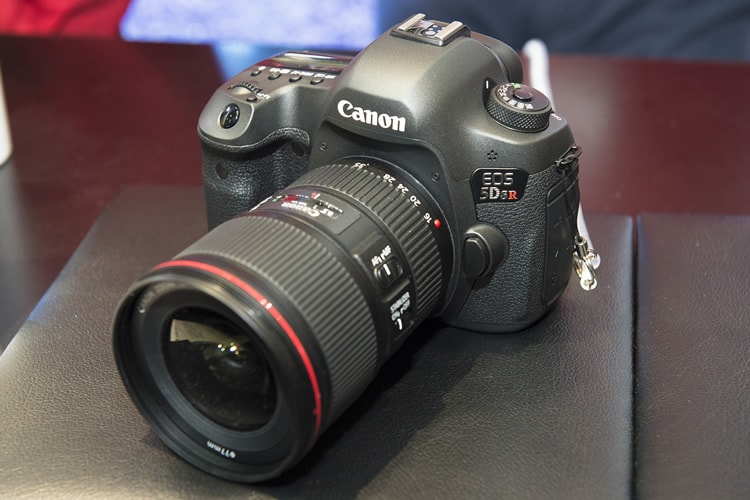A Look At 7 Underused But Very Useful DSLR Features
Modern DSLRs come with a huge array of features in their menus. Some of them are obviously important, but there are lots of really useful things buried in there that you might overlook.
In this article I’m going to look at some of the most useful but underused features and why you’ll want to use them.

Canon 5DS R photo by Gene Wang
Flash Exposure Compensation
Most DSLRs (apart from the top end pro cameras) come with a pop-up flash. A lot of people don’t really use it though, because the light it produces can be overly bright and hard. But, of course, it’s really designed to be used as a fill-in flash.
And, by using the flash exposure compensation tools in your menu, you have the ability to better control its output. I tend to recommend reducing the power by -1 to -2 to get a softer quality of light. This way you’ll soften the shadows rather than overpowering your subject with harsh light.
Highlight Alert
Generally, this feature is turned off by default so you’ll need to go into the menu to turn it on. Highlight alert simply shows you the precise areas of your image that are overexposed (by the way, it’s commonly referred to as ‘the blinkies’!). This makes it very easy to quickly adjust the exposure or change your composition to eliminate washed-out areas. And it also has the added benefit of reducing time spent in postproduction.
Back Button Focus
Another really useful menu feature is back button focus. Here you can instruct the camera to use a separate button on the back of the camera to handle focus. Once activated, you use your thumb to press this button to focus and your index finger as usual to press the shutter. The big advantage of back button focus is that it allows you to set the focus once, and that focus will stay set until you change it again manually.
This negates the problem of focusing via the shutter and then accidentally taking your finger off said shutter, causing the need to refocus.
Histogram
Every photographer worth their salt knows that the LCD screen isn’t particularly accurate and, in addition, it’s too small to see detail clearly. The Histogram is a great tool for photographing bright tones and getting true white. To get those bright whites, you want to get the data on the right hand side of your histogram as close to the edge of the graph as possible.
This also allows you to capture as much of the dynamic range of your camera as you can. You can also use the histogram in conjunction with the highlight alert to check that you’re not blowing out any highlights.
Live View
The live view mode is most commonly used by those shooting video on their DSLRs, but it can also be useful for photographers. It’s particularly helpful if you’re shooting at night and want to use autofocus, or do a lot of macro work.
By using live view you can zoom in on portions of the subject at either x5 or x10 magnification. This means you can adjust the focus on sections of your image and make sure your subject is perfectly sharp. Do remember that the enlarged view on your LCD screen isn’t representative of your lens’ effective focal length. (NB – for the very best results use live view with a tripod and manual focus.)
Self-Timer
Generally found in the ‘drive’ mode as opposed to the menu, self-timer is a really useful feature for digital cameras. It allows you to take long exposure shots – either on a tripod, or even balanced on something, without getting any camera shake. It’s a great alternative to the traditional cable release. Obviously, you’ll get slight camera shake as you depress the shutter but, by the time the self-timer releases the shutter, your image will be sharp!
Single AF point
Modern DSLRs often have a plethora of AF points, which you can use singularly or in clusters. But invariably I end up using a single AF point (and indeed leave my DSLRs defaulted to the centre AF point). By choosing a single AF point, you have finite control over where the camera autofocuses and takes away any guesswork. As a portrait photographer, I often find that a simpler approach works best!
Hopefully, these features will become a regular part of your photography and help to improve your imagery.
